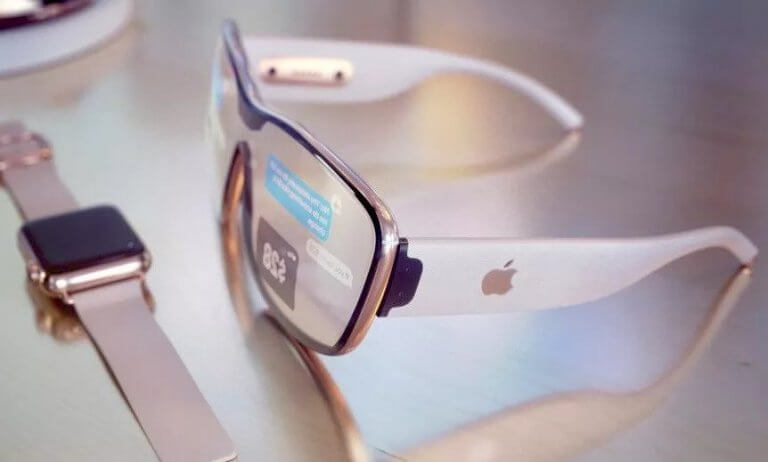

Vision Pro will change “the way users interact with their favorite apps, capture and relive memories, enjoy stunning TV shows and movies, and connect with others in FaceTime,” the company said. Vision Pro provides ultra high resolution, with more pixels for each eye than a 4K TV - with 23 million pixels across two displays - and provides a newly designed spatial-audio system, according to Apple.
Apple vr movie#
The headset also includes Apple’s first 3D camera, for capturing spatial video and photos, and can serve as a “personal movie theater” with a screen “that feels 100 feet wide” with support for Apple TV+, Apple Arcade games (more than 100 titles at launch) and other Apple services. (Individual app developers, however, cannot access a user’s exact eye location or other personal info.) Vision Pro uses a feature Apple calls EyeSight that shows other people a wearer’s eyes if they’re in augmented-reality mode to help “users stay connected with those around them” the screen turns opaque to the outside world if the wearer is in fully immersive VR mode. Disney+ will be available on Vision Pro on “day one,” he added.Īpple’s Vision Pro uses eye movements and hand movements for navigation - with no external controllers - and also employs voice input. “It unlocks incredible experiences for our users and exciting new opportunities for our developers.”ĭisney CEO Bob Iger made an appearance during Apple’s Vision Pro launch, saying the “revolutionary” platform will let the company create “deeply immersive” stories in ways that were “previously impossible.” Disney’s sizzle reel for Vision Pro showed various concepts the media company is working on for the device, “to bring you real-life magic,” Iger said. Ultimately, they see that this technology is not going away.“Built upon decades of Apple innovation, Vision Pro is years ahead and unlike anything created before - with a revolutionary new input system and thousands of groundbreaking innovations,” Cook said. “I think they’ve been looking at the VR market, the AR market and waiting and iterating and deciding when to enter it. Instead, he says, “they tend to kind of look at how the market shakes out and then offer their own spin on it.” According to Byford, Apple typically does not attempt new technology. Longer term, this is the next personal computing device, and it’s already generating excitement for the segment as a whole,” he said.Īpple’s development of AR and VR might be indicative that the technology is about to blow up. “It’s not just about gaming or content but a much broader use case. Harmeet Singhwalia, senior analyst at Counterpoint, said that regardless of the price, the Vision Pro demo - which emphasized business and cinematic applications - offers a new mainstream vision for how augmented and virtual reality will be used.


“The price is going to be even more of a tough sell for Japanese people than people in other countries - $3,500 works out at around ¥500,000 right now,” Byford said. If the downward trend continues, Japanese consumers will pay significantly more for the headset. Sam Byford, a Tokyo-based writer for Multicore, said Apple’s large fanbase in Japan spans decades, but the weakened yen might hamper the Vision Pro’s appeal. Testament to the importance of the Asian market, half of Apple’s six Vision Pro developer labs will be in Singapore, Tokyo and Shanghai. In South Korea, the Pohang Universityof Science and Technology aims to become a “metaversity” based on digitalized training (we’ll be more convinced that VR learning has taken off when it’s adopted by the humanities, too). The technology is already applied across industries in Asia.įor example, in an effort to combat absenteeism in Japan, schools are harnessing VR to encourage students – especially those who live far away – to attend. Japan is also the world’s third-largest gaming market and a key area for Apple VR: the Vision Pro’s success in Japan is critical and will be closely watched.


 0 kommentar(er)
0 kommentar(er)
